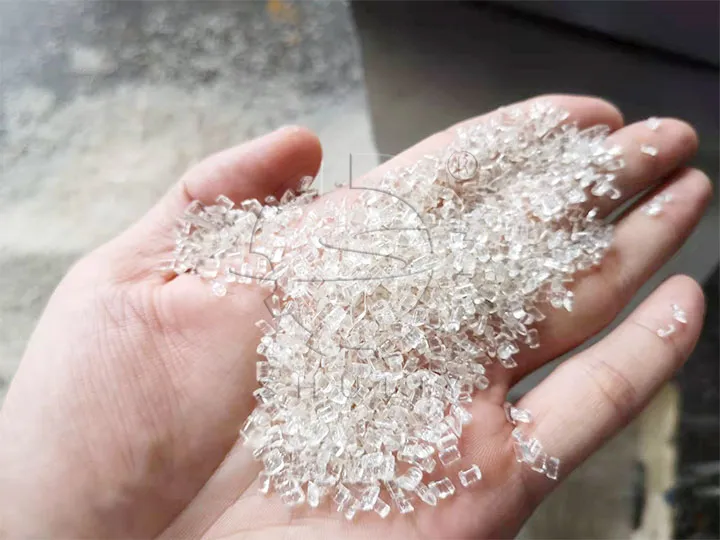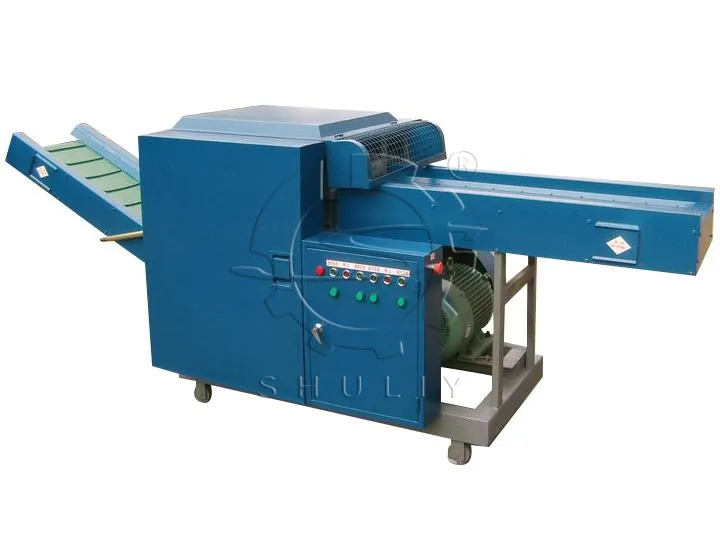Tái chế xốp là một quá trình thiết yếu trong việc giải quyết các mối lo ngại về môi trường ngày càng tăng liên quan đến chất thải xốp. Xốp hay còn gọi là polystyrene giãn nở (EPS), là một loại vật liệu nhẹ và linh hoạt được sử dụng rộng rãi trong bao bì, vật liệu cách nhiệt và hộp đựng thực phẩm dùng một lần. Tuy nhiên, khả năng phân hủy sinh học thấp của nó đặt ra những thách thức về môi trường.
Tái chế xốp một cách hiệu quả không chỉ làm giảm chất thải mà còn mang lại cách tái sử dụng vật liệu này thành các sản phẩm mới có giá trị. Trong bài viết này, chúng ta khám phá các giải pháp thiết thực để tái chế xốp và lợi ích của chúng.
Hiểu những thách thức tái chế xốp
Xốp bao gồm 98% không khí và chỉ 2% polystyrene, khiến nó nhẹ nhưng cồng kềnh, có thể tốn kém khi vận chuyển và xử lý. Ngoài ra, ô nhiễm từ thực phẩm hoặc các chất khác thường làm phức tạp thêm nỗ lực tái chế. Vượt qua những thách thức này đòi hỏi những cách tiếp cận sáng tạo phù hợp với đặc tính độc đáo của xốp.
Giải pháp hiệu quả cho việc tái chế xốp
Băm nhỏ và tạo hạt
Băm nhỏ và tạo hạt là một phương pháp phổ biến để tái chế xốp sạch.
- Quá trình: Xốp trước tiên được cắt nhỏ thành từng miếng nhỏ bằng máy máy hủy bọt. Vật liệu vụn sau đó được nấu chảy và ép thành dạng viên bằng cách sử dụng máy máy tạo bọt tạo bọt.
- Ứng dụng: Các viên tái chế có thể được sử dụng trong sản xuất các sản phẩm như hộp nhựa, vật liệu xây dựng và thậm chí cả các mặt hàng polystyrene mới.


Video Pelletizing Bọt EPS
Nén lạnh
Nén lạnh là một quá trình cơ học làm giảm thể tích của xốp mà không cần sử dụng nhiệt.
- Quá trình: Chất thải xốp được đưa vào Máy đầm EPS nén nó thành những khối dày đặc.
- Thuận lợi: Phương pháp này tiết kiệm năng lượng và tạo ra các khối nhỏ gọn dễ vận chuyển hơn và rẻ hơn.
- Ứng dụng: Các khối nén có thể được bán cho các nhà sản xuất làm nguyên liệu thô cho các sản phẩm mới.


Video làm việc
Nóng chảy (Tăng mật nhiệt)
Nóng chảy liên quan đến việc áp dụng nhiệt vào xốp để giảm đáng kể khối lượng của nó.
- Quá trình: Xốp được làm nóng bằng chất làm đặc nóng chảy cho đến khi tan chảy, tạo thành các thỏi đặc, có thể đúc được.
- Thuận lợi: Quá trình cô đặc bằng nhiệt làm giảm đáng kể lượng chất thải và có thể xử lý xốp bị ô nhiễm hiệu quả hơn các phương pháp khác.
- Ứng dụng: Vật liệu thu được có thể được tái sử dụng trong các sản phẩm như khung tranh, đồ chơi và tấm cách nhiệt.


Video làm việc nóng chảy nóng
Lợi ích của việc tái chế xốp
- Tác động môi trường: Tái chế làm giảm lượng rác thải chôn lấp và ngăn ngừa ô nhiễm do thời gian phân hủy lâu của xốp xốp.
- Giá trị kinh tế: Tái chế xốp cung cấp nguyên liệu thô hiệu quả về mặt chi phí cho sản xuất.
- Bảo tồn tài nguyên: Bằng cách tái sử dụng polystyrene, tái chế sẽ bảo tồn tài nguyên thiên nhiên và năng lượng.










